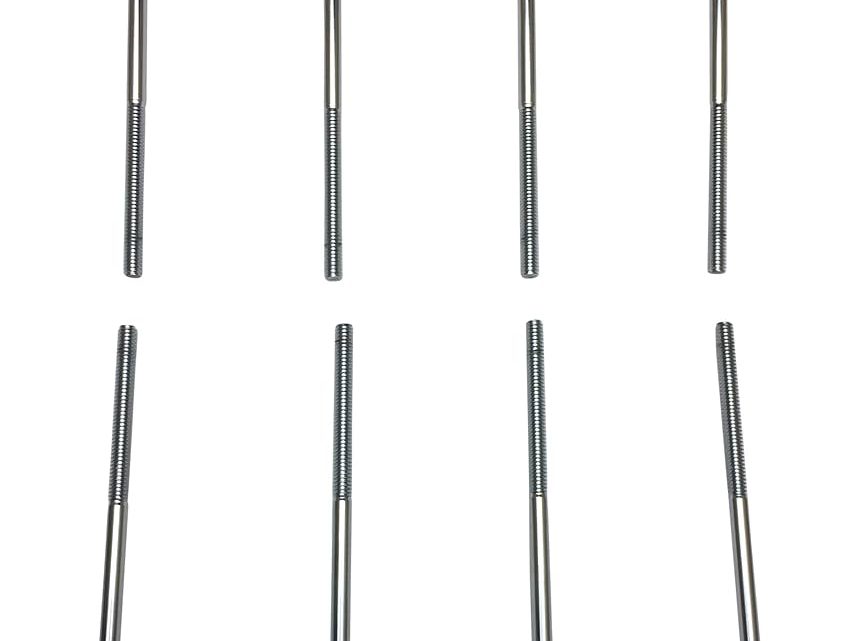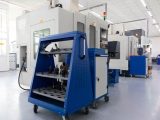
How do tension rod systems contribute to structural balance?
June 3, 2025Structural equilibrium in modern construction relies on carefully orchestrated force distribution systems that counteract destabilizing loads and maintain building stability under various conditions. Engineering solutions that harness pure tensile forces provide critical balance mechanisms in structures where traditional compression-based elements prove inadequate or aesthetically undesirable. Tension rods create equilibrium by generating controlled pulling forces that oppose gravitational, wind, and seismic loads while maintaining the precise force relationships necessary for structural stability.
These systems establish force couples and moment equilibrium that prevent structural elements from rotating, sliding, or experiencing excessive deformation under design loads. Applying predetermined tension forces enables engineers to fine-tune structural behavior and achieve optimal load distribution across building systems. Unlike compression elements that can fail through buckling or crushing, tensile systems provide predictable load paths that enhance overall structural reliability while contributing to architectural expression through their inherent geometric requirements.
Equilibrium through opposing forces
Cantilever structures require opposing forces to maintain rotational balance around their support points. Back-stay cables generate upward forces that counteract downward loads from extended building elements. These tension forces prevent overturning moments that could compromise structural stability. Engineers calculate and verify the precise tension forces required for balance during construction phases. Extended building elements like observation decks, balconies, and architectural features depend on this force balance principle. The tension system creates a stable equilibrium that allows dramatic overhangs without requiring massive foundation systems or intermediate supports that would compromise the architectural vision.
Load path optimization
Tension systems distribute concentrated loads across structural elements to prevent localized stress concentrations. Cable networks spread point loads from heavy building components across wider areas of the primary structure. This distribution reduces peak stresses and enables more efficient use of structural materials throughout the building system. Complex loading patterns from equipment, occupancy, and environmental forces require sophisticated load distribution strategies. Tension elements redirect these forces along predetermined paths that optimize structural performance while maintaining aesthetic requirements. The geometric arrangement of tension systems creates natural load-sharing between parallel elements.
Moment resistance
Overturning moments from wind and seismic forces threaten structural stability in tall, slender buildings. Tension systems create restoring moments that counteract these destabilizing effects. Guy wires and stay cables generate troops strategically to maintain building equilibrium under extreme loading conditions. The positioning of tension elements maximizes their mechanical advantage by creating large moment arms around critical pivot points. This geometric advantage enables relatively small tension forces to counteract large overturning moments. Multiple tension elements working in coordination provide redundancy and ensure continued stability if individual components experience overload or failure.
Dynamic response control
Moving loads and environmental forces create time-varying structural responses that require active balance maintenance. Tension systems provide controlled flexibility that accommodates structural movement while maintaining overall stability. The elastic properties of steel cables absorb energy fluctuations and prevent resonance conditions that could amplify structural responses. Pre-tensioned systems establish initial force levels that prevent slack conditions under varying load combinations. This pre-stress ensures an immediate response to changing forces without delay periods that could allow instability development. Adjustable tension systems enable fine-tuning structural behavior during commissioning and building service life.
Stability enhancement methods
Buckling prevention in slender structural elements benefits from strategic tension applications that provide lateral restraint. Compression members such as columns and struts gain stability through tension-based bracing systems that prevent lateral displacement under load. The interaction between tension and compression elements creates stable structural configurations. Secondary stability effects arise when tension systems modify the fundamental structural behavior. These modifications transform potentially unstable structural configurations into robust systems capable of carrying design loads safely. Carefully coordinating tension forces with primary structural elements optimizes overall stability margins.








